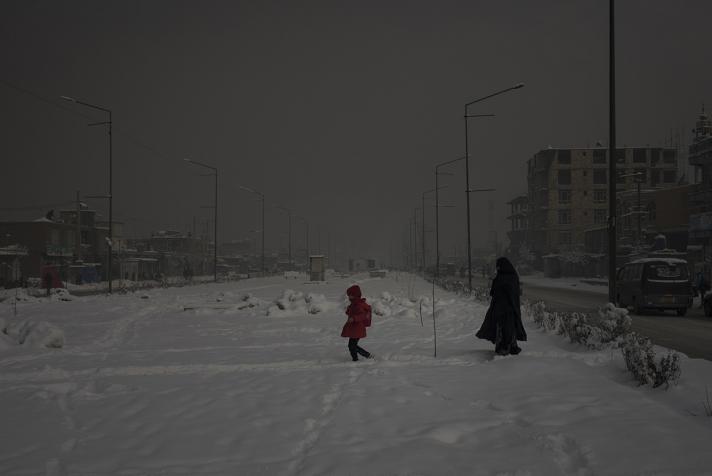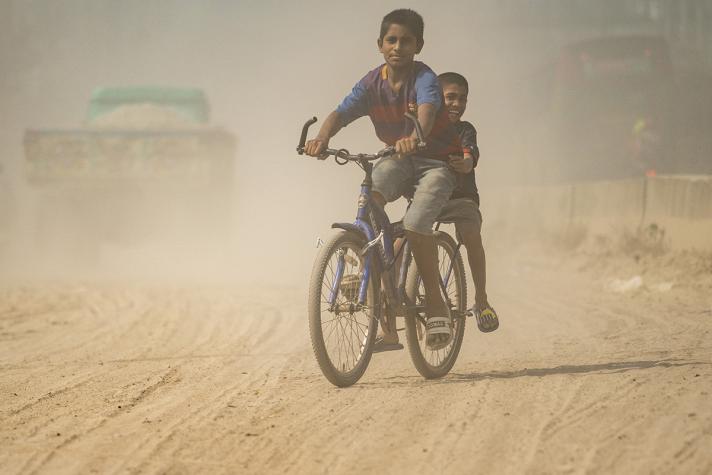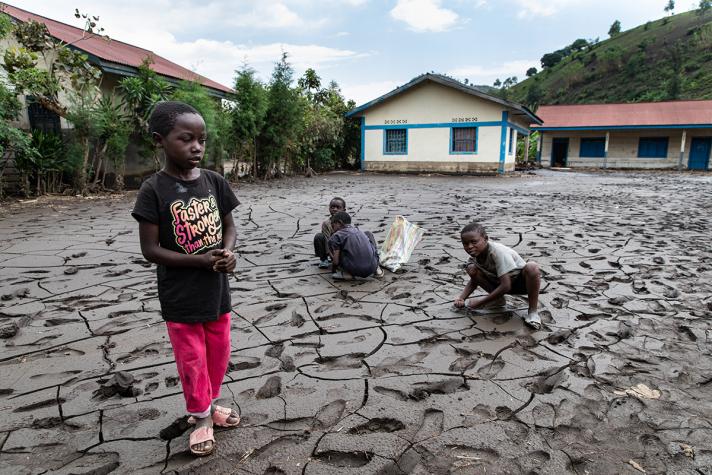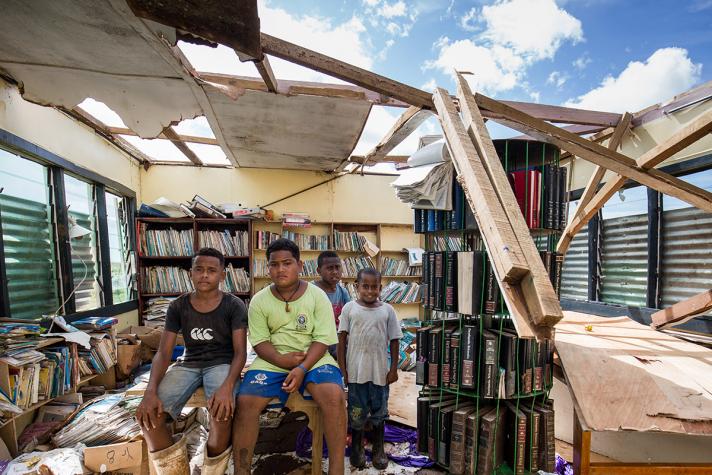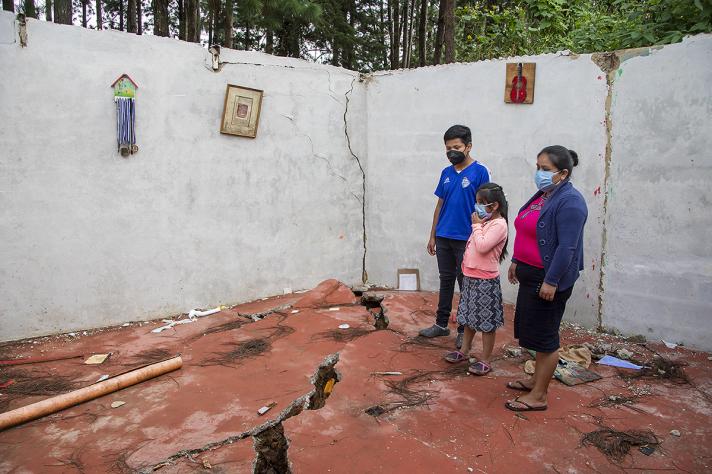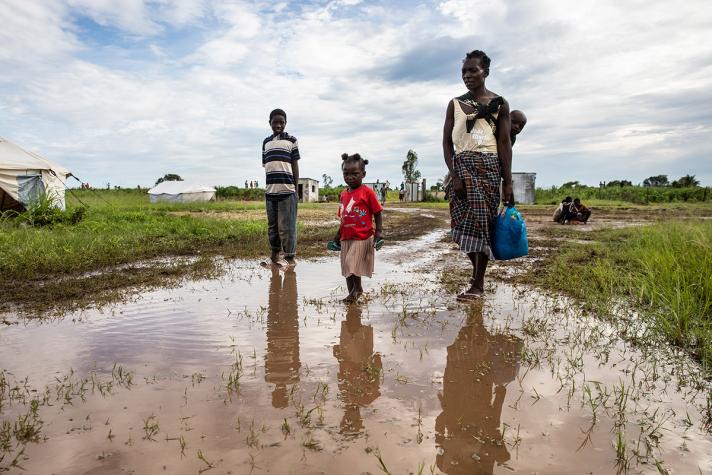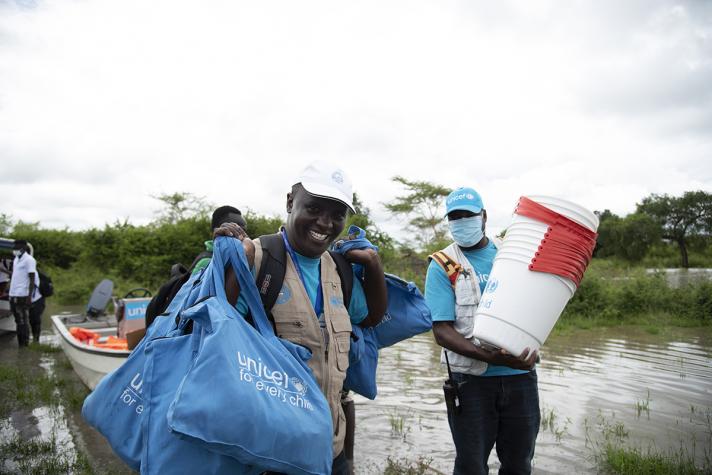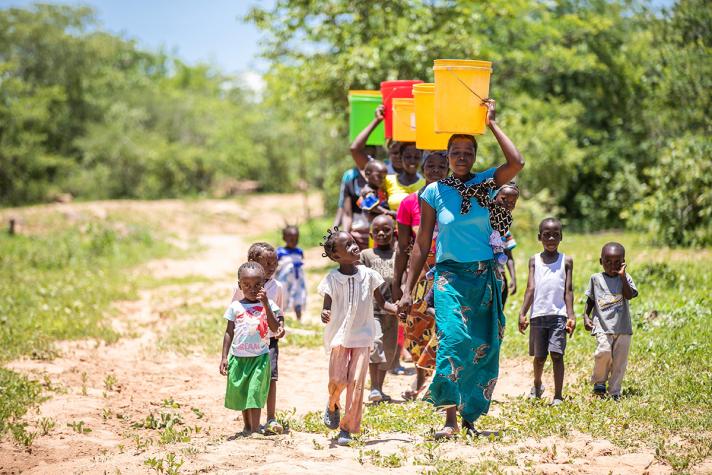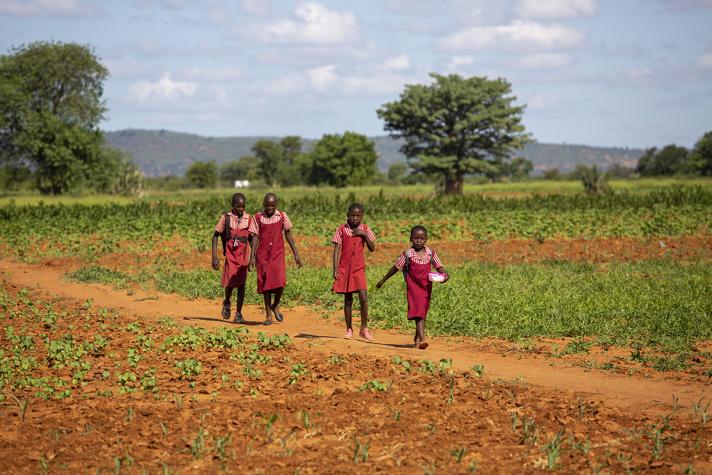2020 was the hottest year on record. Atmospheric carbon dioxide levels are the highest they have been in at least 3.5 million years.
In many parts of the world, people are facing multiple climate-related impacts, including severe drought and flooding, air pollution and water scarcity.
This leaves children vulnerable to malnutrition and disease. Approximately 1 billion children are at an extremely high risk of the impacts of the climate crisis.
According to UNICEF, children in fragile contexts are among the most at risk of climate change. It's affecting their access to food, clean air and water, healthcare and education.
Almost every child on earth is exposed to at least one of these climate and environmental hazards. Without urgent action, this number will go up.
The EU continues to support UNICEF in providing for vulnerable children's critical needs.
Text and photos by UNICEF.
Publication date: 21/04/2022

